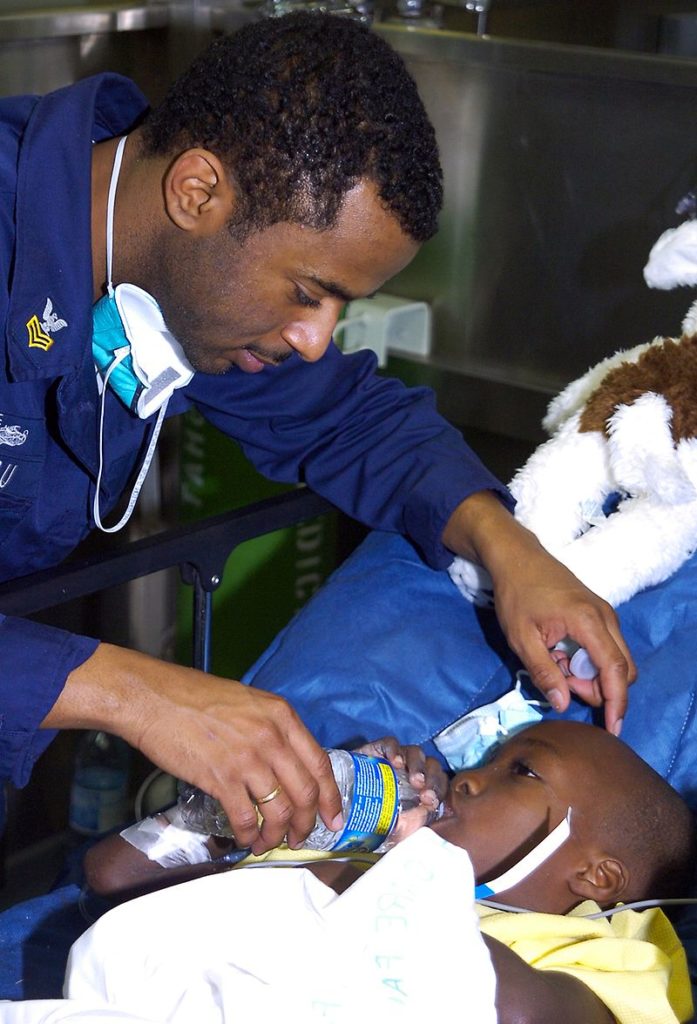How can we design businesses that build healthy, long-term relationships?
Welcome fellow entrepreneur! In this post, we’ll explore how you can create businesses that are both globally successful and socially responsible.
Businesses are really all about lifelong relationships with people—they depend on you communicating well with specific individuals in your target audience, your ability to genuinely connect with their cultural values, and the relevance of your core mission for local communities both within and outside your company.
Meaningful relationships are critical because people join people, not organizations.
Fostering lifelong customer relationships is fundamental and might seem obvious, but one Harvard Business Review article in 2014 suggests that companies do struggle with putting these basic social skills into practice:
“Clients who want to be treated more like a friend may be treated like just a party for exchange, rather than a unique individual…customers are frequently frustrated by a company’s inability to meet their relationship expectations, and on the other side, companies do not always know how to translate the data they have gained…into a feasible plan of action” (Source).
During your last birthday or holiday, did you receive a gift or something special that you really enjoyed?
Would you agree that it was personally relevant, met your expectations, and was especially meaningful?
Now imagine instead that you received a teeny, tiny pair of plush pink bunny slippers from your grandma. Really, only a toddler could fit into them. What would you think of your grandma after she gave you this strange gift?
And what if—even after telling your grandma multiple times over the phone that you’re in high school now—she still keeps asking you if you finally learned how to tie your shoes?
Most businesses, like your hypothetical grandma, make these relationship mistakes unintentionally. They really would like their customers to be happy and wish that they could respond to your feedback appropriately. But there’s one central problem getting in everyone’s way: they don’t really understand you and what you personally value.
We can have the most advanced technology, and yet it means nothing if we don’t understand the social realities, physical spaces, and community values that customers experience. Feedback or data comes from people, and it’s only by understanding people’s experiences throughout all areas of the business that we can make informed decisions. This contextual knowledge is essential since numbers and other analytics are meaningless without it.
But how can we continue to stay socially conscious in a diverse and globalizing world?
It depends…there are no easy answers. One potentially useful approach adopts a design perspective.
Design methods engage the people that matter: local communities and key stakeholders. They involve communicating with your target audience, connecting with their local context, and making your business relevant. In short, you go through a collaborative process that requires getting feedback while tailoring your business model.
Acclaimed Design Management Researcher, Alan Topalian, explains this socially conscious approach below:
“When design professionals harness the expertise of key stakeholders and work effectively together through iterations and validations to generate approved solutions, that is a good demonstration of optimization, given the time and resources available. By contrast, it is not productive to characterize designerly approaches to solving problems by seeking to fit reality around fashionable ideas” (Source).
Socially conscious businesses are designed by engaging local communities and promoting healthy, long-term relationships. It’s a collaborative learning process that involves openness at a professional and personal level.
With these youth social entrepreneurship values at heart, the African Leadership Academy and Global Leadership Adventures is putting together their South Africa: One Nation, Two Worlds™ program. This is one promising avenue for you to gain practical experience with cross-cultural business design. And there’s nothing stopping you as an entrepreneur from exploring your local community, discovering any pressing needs, and immediately diving right into your passion.
What kinds of practices do you think make a business socially conscious? We’d enjoy hearing what you value!
Contributed by Nick Fochtman






